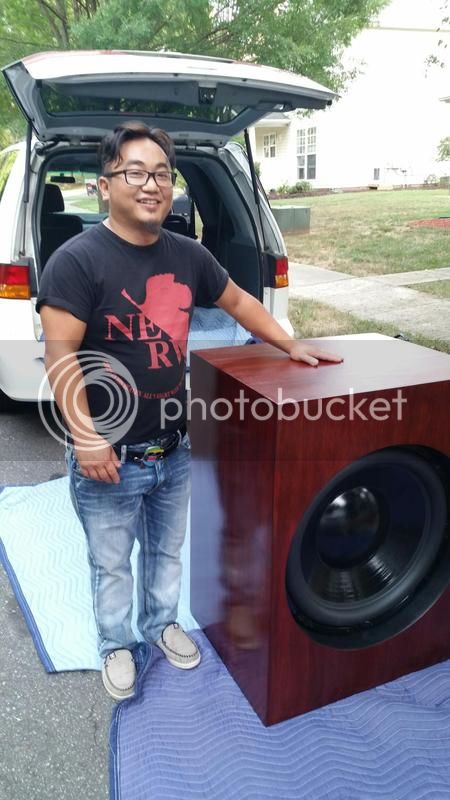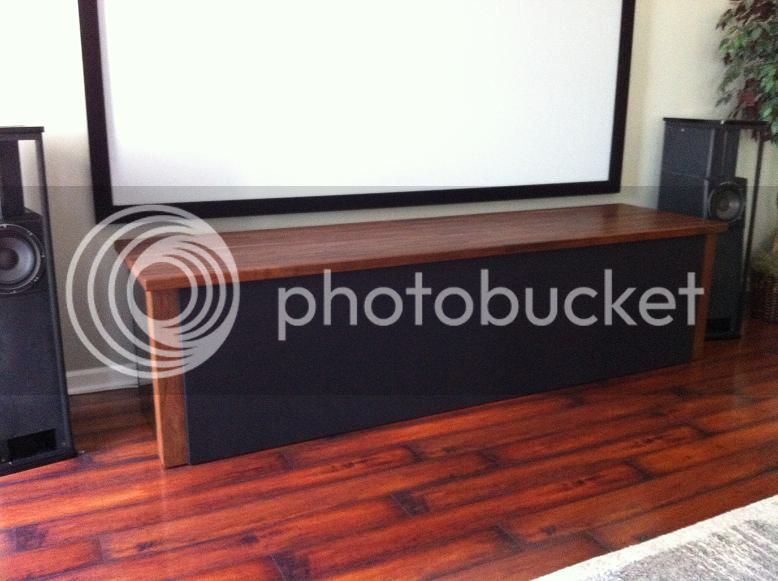Well it's not limited to patience, which I admit I could use more of.
HDMI has an inherent handshake issue where the source device needs to retrieve the EDID information from the display. However if the display is off or on but switched to sleep because it did not sense a signal or was just switched to another interface, then this can result in anything from delays to no display at all.
Bottom line the HDMI standard is not my first choice if there are other digital standards mutually available on both devices that will not result in a bottleneck for performance such as display port 1.4, then I will use them.
In my previous setup, I had bought the receiver before HDMI was available, and the receiver was audio only, no video. Over the years, I had various configurations with that receiver, depending on the other components at different times and two different TVs with different kinds of inputs. With the last TV, as I added new HDMI capable components over time, I ended up running those to the HDMI capable TV, and then using an optical cable out of the TV to the receiver. I believe that was the only way to get a digital audio input into the receiver from more than 1 source on that receiver. That worked fine, and I don't recall ever noticing any kind of delay or display problems.
Hopefully the new setup will work in a satisfactory way. I'm really not at all familiar with the standards, what they are called, or what the capabilities and trade offs are. I don't keep up with it, and anytime I need to replace a component, every few years, I always have to ask the sales people a lot of questions about the new standards and what is compatible with what I already have. This is the first new receiver in 16 years and the first new TV in about 6 (I think). So there was a bit of new jargon and concepts to absorb. As long as it looks and sounds pretty good, and is simple to set up and use, I'm going to be very happy.
If you let the eq calibration set the levels for the sub be prepared for anemic bass. You will have to go in and turn up the sub level, this is normal and something everyone who knows what sub levels should be, complains about.
I'll keep that in mind. The sales guy told me the same thing. He said the automatic eq is a good place to start, but often people like to adjust it for their own tastes.
My Pioneer AV has the MCACC setup...you place a microphone where you want it, usually close to your listening position or someplace central in the room, and it cycles white noise through each channel several times and auto adjusts the volume for each channel to an "optimum" level for the surround codec spec...how well it works is up to each individual person. Mine did everything well but the center channel and sub....both of those needed a little bump for my tastes.
One of the great things about HDMI is the reduction of cable clutter backside. Just one cable for each device and one to the TV....those and power are it. Compared to what used to be back there with analog cables and tape loops....oh yeah, I'll take it.
My receiver also has a delay optimization setting for audio sync. I have not needed it but in some cases it's needed.
Thats how my Pioneer works as well. I haven't done it yet, because I still have speakers to set up, but that's how it was described --- put a microphone into the listening position, let the system calibrate itself, and then tweak to your tastes. It'll be nice to have a good starting point with the eq, especially with the sub. I never felt like I was that great at getting it right, starting from scratch.
I completely agree about the simplicity of setting up using HDMI. It's great! It used to be a jumbled mess of cables in the back, with the different kinds of audio and video inputs and outputs of every device. My wife remembers the past setup days and had braced herself for a lot of profanity, but it turned out to be fairly family friendly. I'm saving up the swearing for when I have to go under the house...
Also HDMI routed through the receiver reduces the number of input changes and remotes you need to manage when you change from one source to another. That has gotten a lot simpler.







